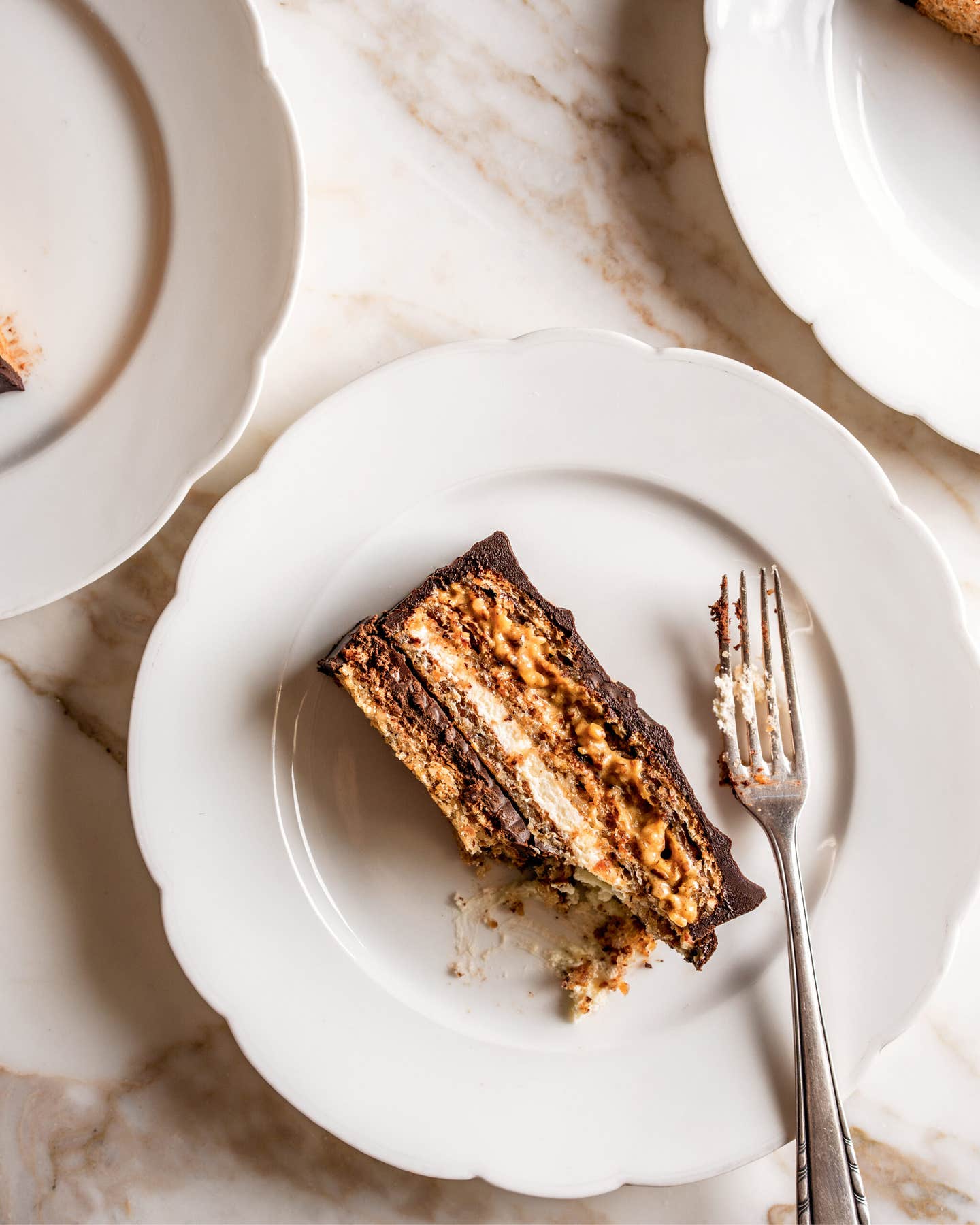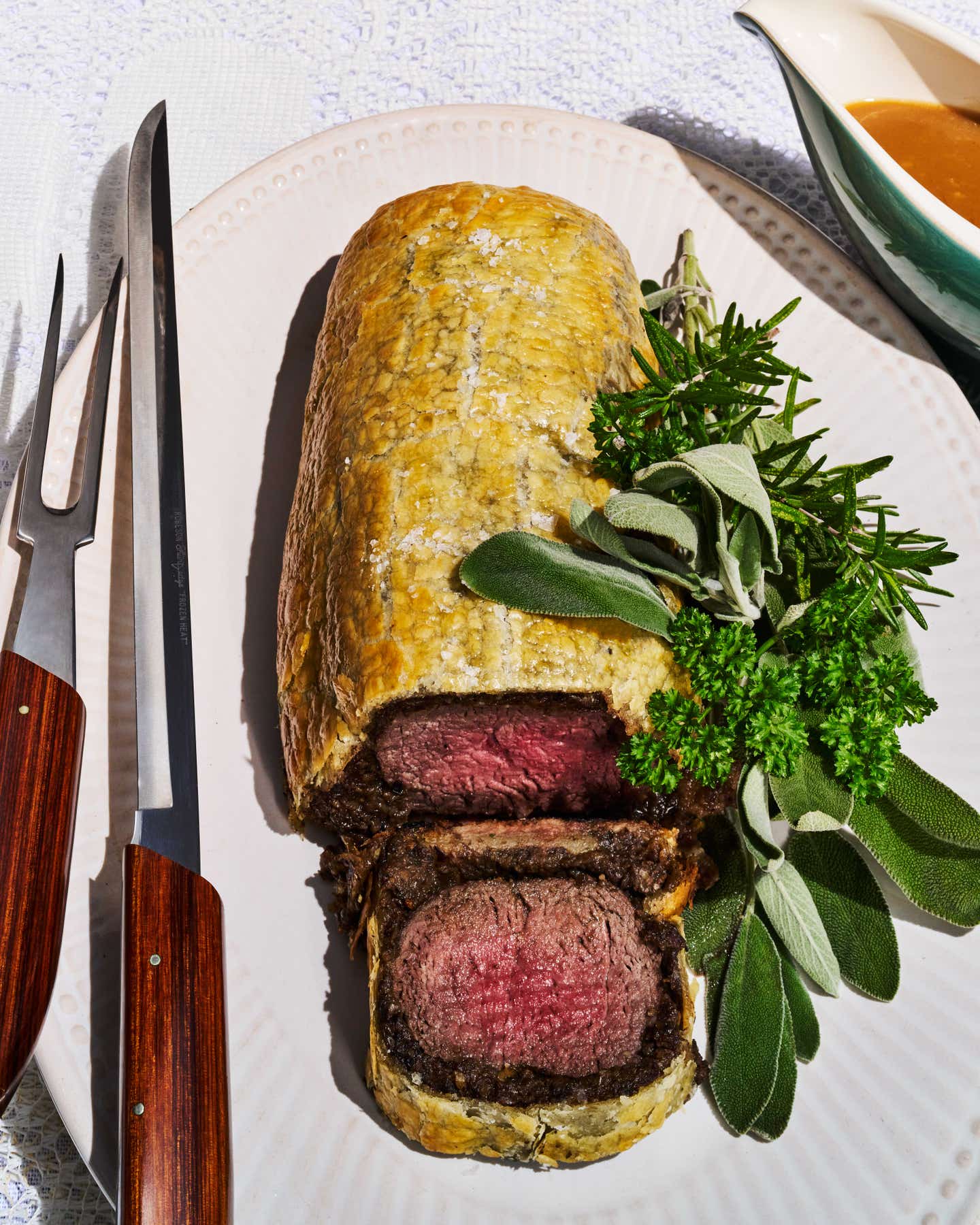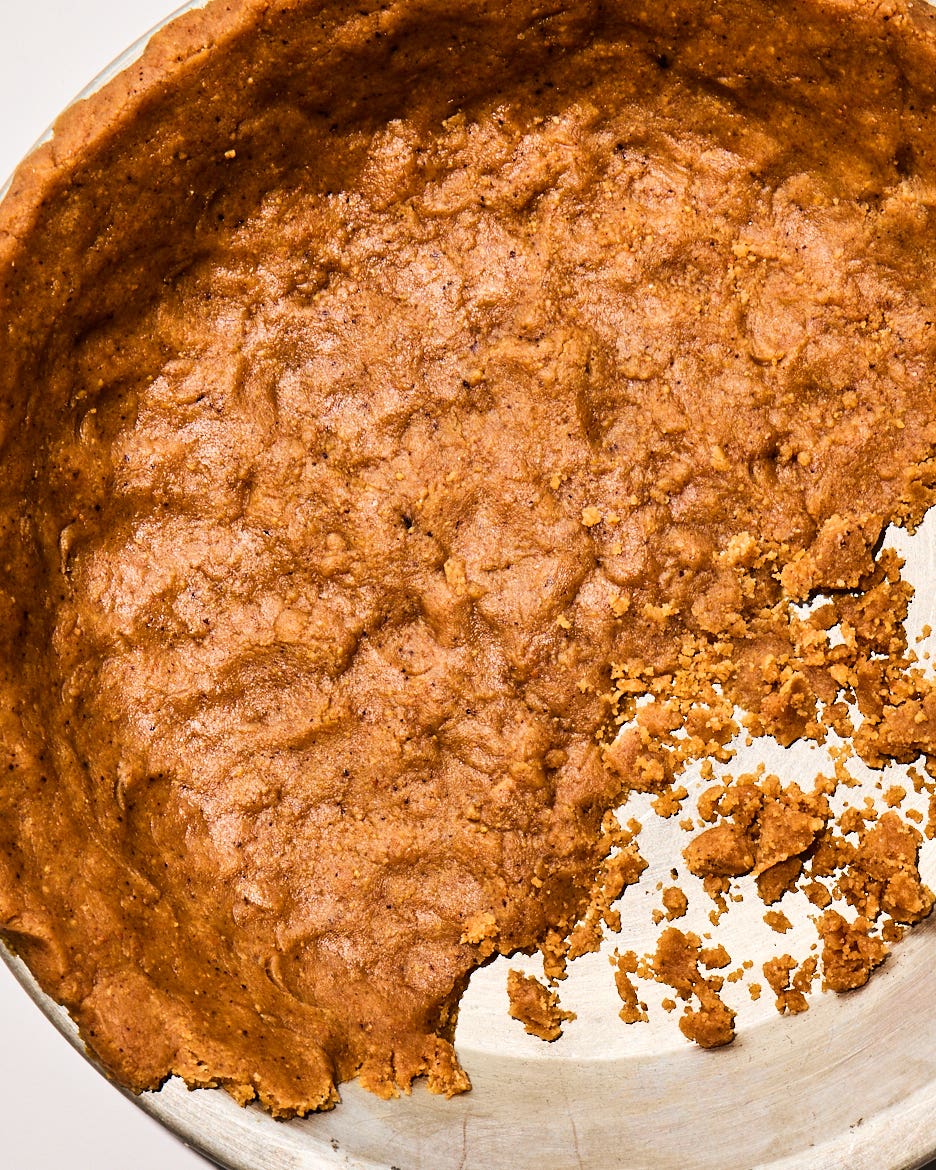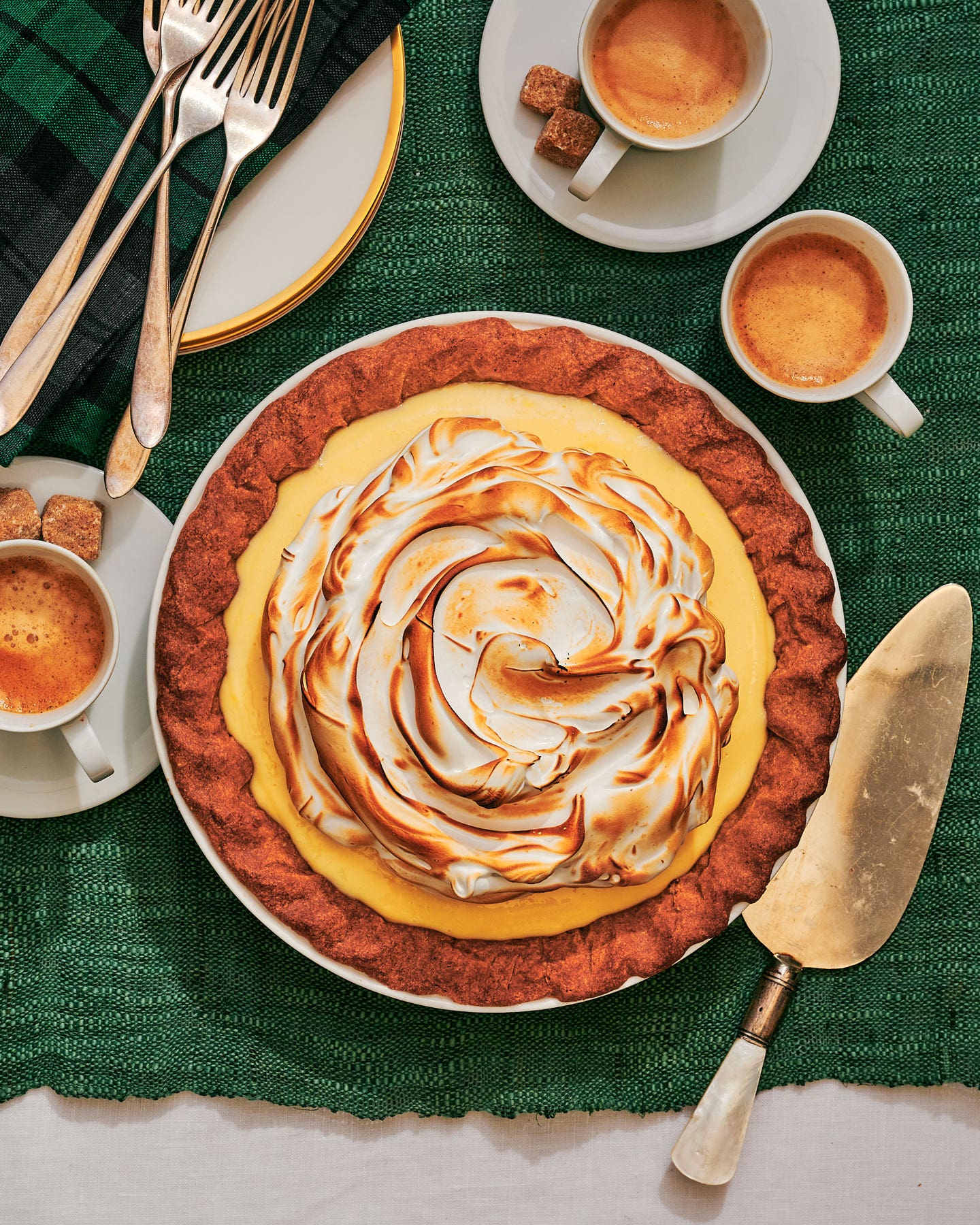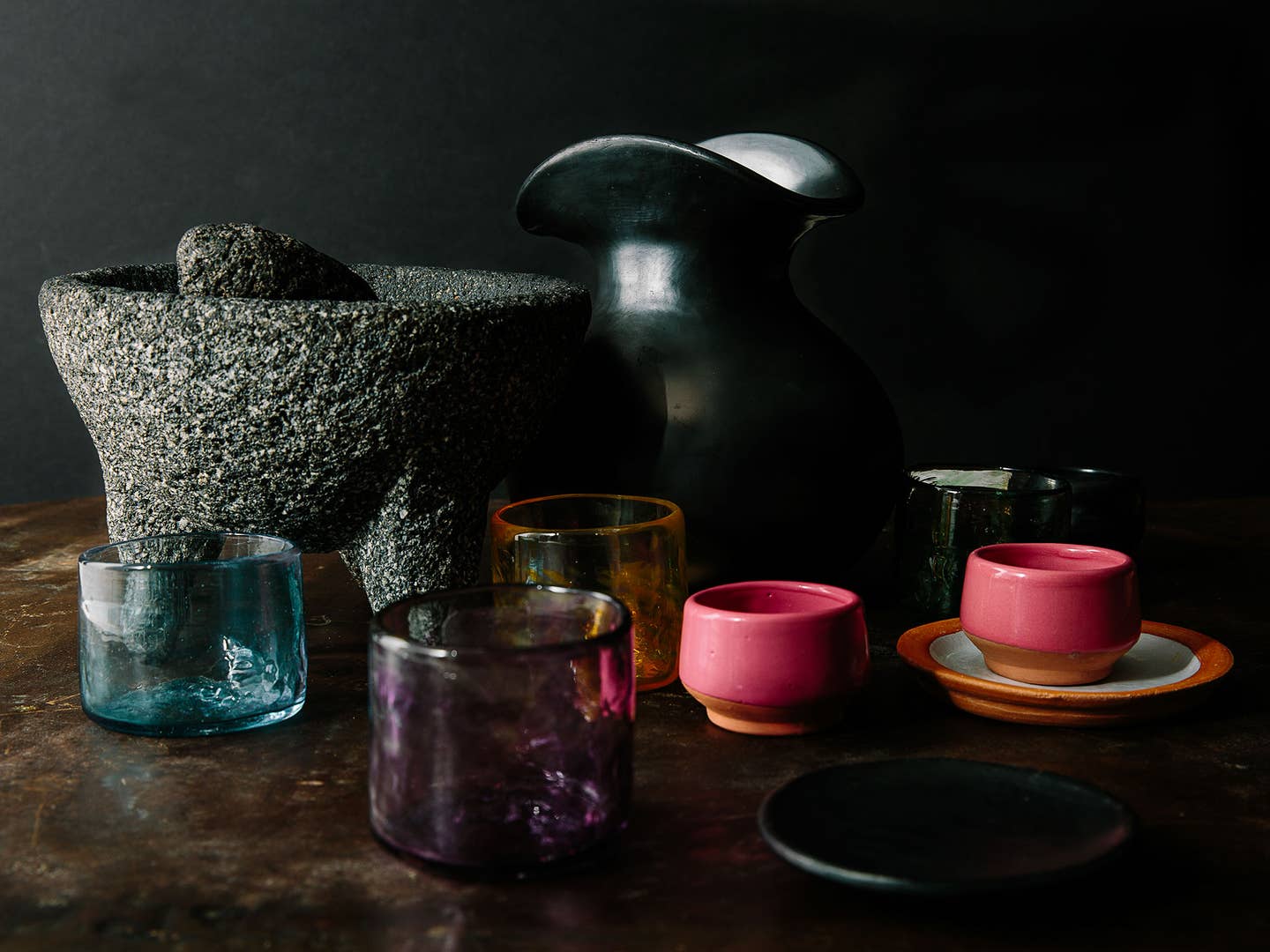
What to Cook This Weekend: Slow Sips of Summer
Executive digital editor Max Falkowitz on the value of stopping to smell the mezcal
A few weeks ago I found myself in the back of a pickup truck in Middle of Nowhere, Oaxaca, holding on to a 100-gallon drum. You see, the friendly folks of Mezcal Vago had invited a friend and me to visit one of their palenques—mezcal distilleries—and we were returning to Oaxaca City with their haul. We'd just seen the mezcal-making process from start to finish, and this truck ride with a plastic drum strapped in with bungee cords was as technologically advanced as said process got.
Watching mezcal get made is nothing short of awe-inspiring. It's a craft with a millennium of history, and little's changed between then and now. You start with agave plants, which take, oh, anywhere between seven and 30 years to ripen, and lord help you if you wait too long and they over-ripen because then they're useless. You then use a machete to hack off the four- to six-foot long spiny leaves that'll give you a rash if you touch their insides. Then you use this same machete to dig the 250-pound fruit out of the ground and haul it over to a truck or donkey-pulled wagon.
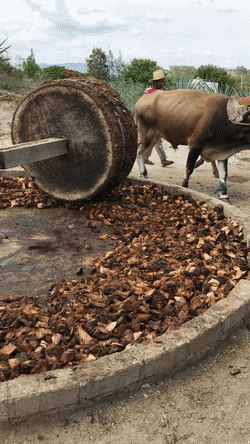
Oh, and then you have to cook it. Underground. For a week. In a giant pit that you've dug, of course, by hand. If you get the initial temperature wrong and overcook your agave, well, sucks for you! Your batch is burnt and useless. And if you've done it right, you're rewarded with the task of breaking the charred fruits apart into small pieces, then pounding them with mallets until their juice and pulp run free, or hitching a donkey up to a massive stone wheel to have it grind them for you. (This sounds faster and easier. It isn't.)
Only now can you ferment the fruit, in giant open-air vats, subject to the vicissitudes of the local climate, and distill it, test it for quality, and blend your batch to ensure an even distillate. Maybe the agave were quality fruit; maybe they weren't. Maybe they didn't look overcooked but in fact were. You'll find out in the final product, because fresh mezcal has nowhere to hide its flaws.
After you watch all this happen, it's no wonder the local way to drink mezcal is to savor it in small glasses and with small sips. This is a spirit to take by the dram and appreciate like Scotch, rather than shoot or mix into cocktails. I mean, don't get me wrong, it's great in cocktails. But there's nothing like seeing the back-breaking labor required to make a thing to give you an appreciation for taking that thing on its own merits.
I won't oversell the metaphor to you, but it suffices to say: some things are best taken in small sips.
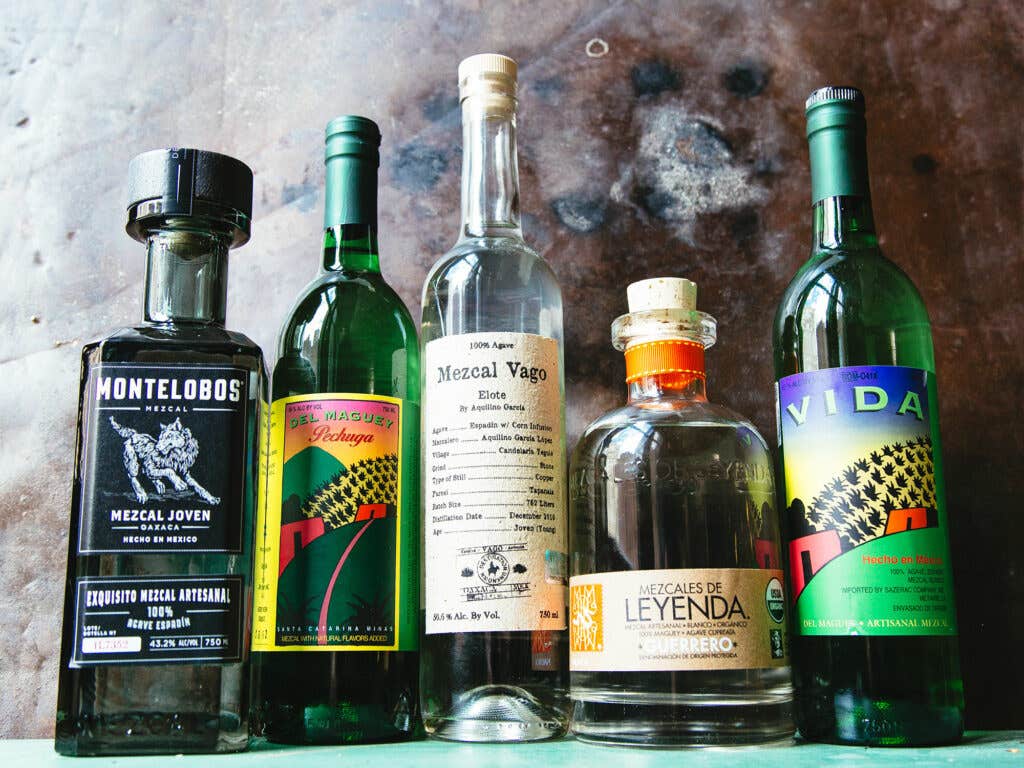
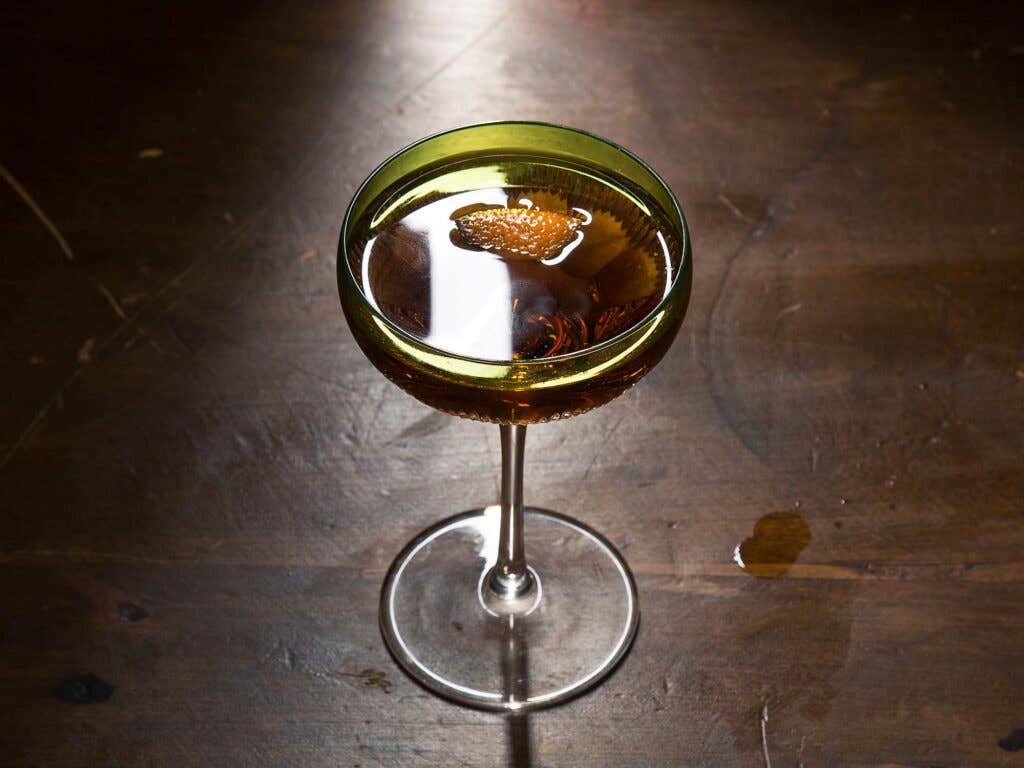
Keep Reading
Continue to Next Story
